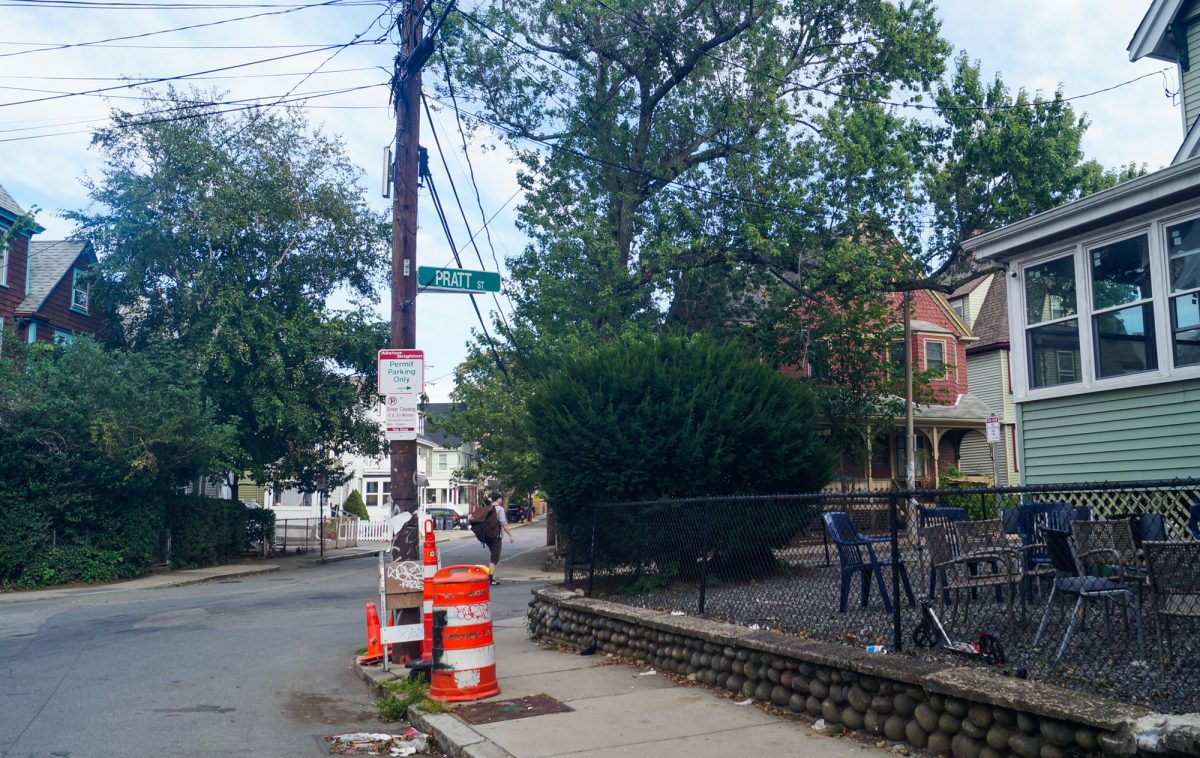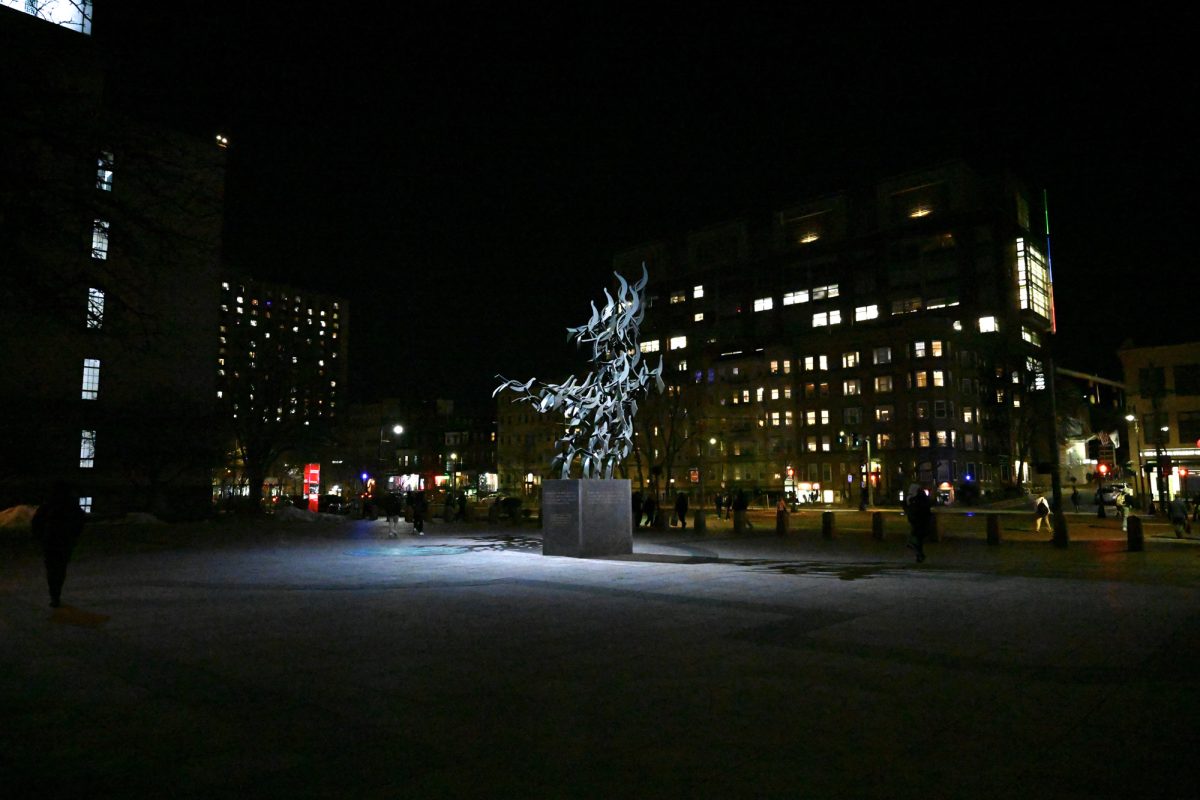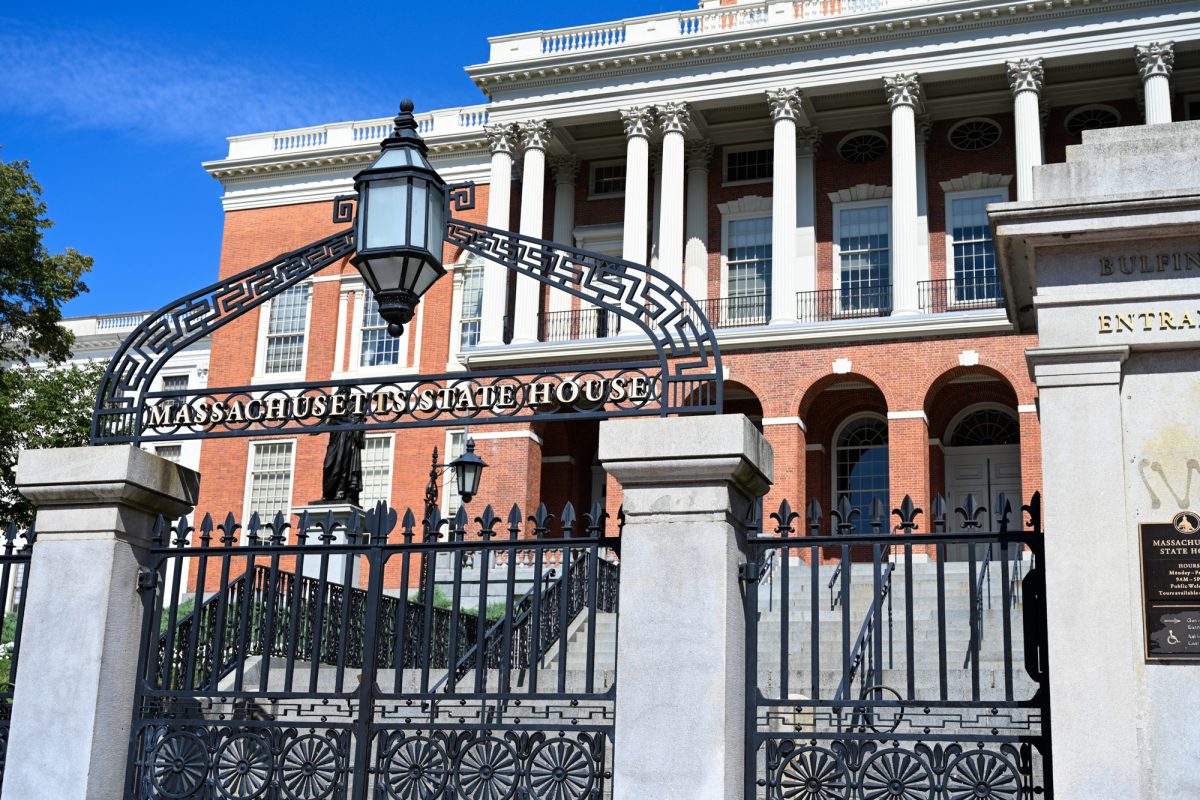Starting Feb. 17, Bostonians can pay upwards of $40 to see screen prints of paintings they could otherwise view for free on streets all over the world. The opportunity comes from “The Art of Banksy,” an exhibit featuring the largest collection of Banksy art ever assembled.
For the unaware, Banksy is an English street artist known for engaging political themes through striking images and slogans. The elusive artist’s identity is unknown, but his works range from stenciled images on the streets of London and the West Bank to pieces now valued at $25.4 million.
“The Art of Banksy” exhibit is presented by Starvox Entertainment, a Canadian production company. Before coming to Boston, the “globally acclaimed showcase” toured cities like Melbourne, Tel Aviv and Miami.
Importantly, “The Art of Banksy” is unauthorized by Banksy himself — something the website advertises proudly with its pseudo spray-painted logo. Perhaps Banksy’s uninvolvement is a welcome guarantee that this time, one of the pieces won’t be shredded upon its $1.4 million purchase.
Banksy hasn’t been shy about his disapproval of “The Art of Banksy” and other exhibitions like it, either. His website states, “They‘ve been organised entirely without the artist’s knowledge or involvement.” The sentiment makes sense given Banksy’s frequent criticism of the mainstream art world and its commodification.
In his piece “I Can’t Believe You Morons Actually Buy This Shit,” Banksy critiques the absurd prices generated in art auctions. In 2014, the artist anonymously sold his own prints in New York for $60. After they received minimal purchase, he later revealed that the prints were originals valued up to £120,000, drawing attention to the arbitrary nature of art’s monetary value.
The artist even cemented his distaste for consumerism in the art world with his 2010 documentary, “Exit Through the Gift Store.” Ironically, a visit to “The Art of Banksy” exhibition will also let you exit through the gift store — though in this case you’ll end up with a thinner wallet rather than an intelligent film analysis.

“The Art of Banksy” certainly seems to have an eye for dollars, highlighting the $35 million value of all its pieces prominently on its home page. Lazarides — exhibition curator and former art dealer of Banksy — initially held that the showcase was unique in that it provided a one-off opportunity to see so many Banksy pieces gathered in one place. Yet, as profits increased, Lazarides shifted to bragging about the exhibition’s reproducibility.
The exhibition has also garnered criticism for divorcing Banksy’s work from the vital social and political context that gives it meaning. Without any explanation of British politics, for example, Banksy’s trivialization of war through a portrait of Winston Churchill becomes a nondescript drawing of a middle-aged man.
In a world where Banksy’s pieces are incredibly accessible online — Banksy’s website provides them free for reproduction — the exhibition’s motivation reads more as a money grab than an effort to increase the accessibility of Banksy pieces. Even their website’s flashy reminder that the exhibition is unauthorized shows that Banksy’s disapproval inspired thoughts of marketability rather than genuine concern about artistic values and authenticity.
Of course, owners of the curated pieces are free to disregard the artist’s wishes and do what they want with their purchases. Yet, something about a profit-driven exhibition for an artist so decidedly anti-establishment just feels unethical.
Questioning the importance of an artist’s consent in the display of their work post-purchase may cause some discomfort for museum goers. After all, many pieces in the world’s most famous museums were put there without the creator’s consent. Even worse, museums like the British Museum are infamous for displaying the artifacts and artworks that rightfully belong to another nation entirely.
The “Art of Banksy”’s disregard for the artist’s values leaves a bad taste in the mouth. Does that mean every artistic institution needs to factor in an artist’s consent?
Before someone digs up DaVinci’s grave or shuts down the Smithsonian, it’s important to recognize nothing “The Art of Banksy” or other museum exhibits have done is illegal. Additionally, in cases where pieces have been unlawfully taken from other nations, there have been measures to redress these wrongs. Lazarides’ showcase has simply made the question of permission more prominent because it only features the work of one artist — and that too an artist opposed to the values behind the exhibit.
From the pricey tickets to the completely unironic gift store, “The Art of Banksy” doesn’t do much to hide its profit-driven aspirations. Despite this, it provides a good example of exactly what’s plaguing the art world today — the trading in of authenticity for money. If its clumsy efforts can shed light on similar problems of consent and accessibility in museums, perhaps it is a good thing the exhibit is so unabashed in its lack of authorization.
Once again, Banksy has allowed us to question the institutions all around us. Who knows, he may even paint the streets with a monkey-faced Lazarides in the months to come.





















































































































